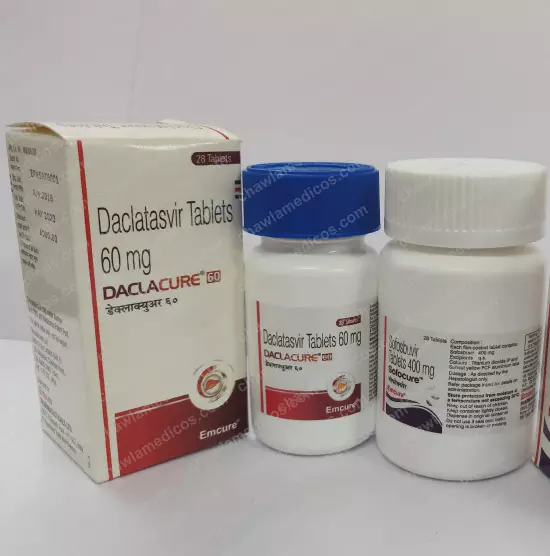Unraveling Genetic Mysteries through SpliceAI Innovations
In the rapidly evolving field of genomic research, innovative tools are essential for making sense of complex biological information. Among these, SpliceAI has emerged as a groundbreaking deep learning model designed to predict splice variants and their associated impacts on gene function. This article aims to elucidate SpliceAI’s role in enhancing our understanding of splicing events, their relevance to human diseases, and its applications in personalized medicine.
What is Splicing?
Splicing is a crucial mechanism in gene expression where introns (non-coding regions) are removed, and exons (coding regions) are joined together to form mature messenger RNA (mRNA). This process allows a single gene to produce multiple mRNA variants—a phenomenon known as alternative splicing. Alternative splicing plays a significant role in generating protein diversity and regulating gene expression, making it fundamental to numerous biological processes.
Introducing SpliceAI
Developed by researchers at the Broad Institute of MIT and Harvard, SpliceAI leverages advanced deep learning techniques to analyze genomic sequences and predict splice site usage. By training on vast datasets of labeled splicing events, SpliceAI learns to identify patterns associated with splicing activities, enabling it to predict potential splicing alterations caused by genetic variants.
How Does SpliceAI Work?
SpliceAI operates by evaluating the sequence surrounding potential splice sites, looking for features indicative of splicing activity. The model uses two primary inputs:
1. Genomic Sequence: The DNA sequence where the potential splicing events occur.
2. Contextual Information: This includes surrounding nucleotides that can influence splicing.
By analyzing these inputs, SpliceAI generates a score for each splice site, indicating the likelihood of it being used in mRNA processing. This scoring system allows researchers to assess whether specific genetic variants might disrupt normal splicing and, consequently, affect gene function.
Applications in Genomic Research
The applications of SpliceAI are vast, particularly in the fields of genomics and personalized medicine:
1. Disease Association Studies
Splicing alterations have been linked to various genetic diseases, including cancer, neurodegenerative disorders, and congenital disabilities. SpliceAI helps researchers identify splice-disrupting variants associated with these conditions, allowing for better understanding of disease mechanisms and potential therapeutic targets.
2. Variant Interpretation
As genomic sequencing becomes more commonplace in clinical settings, the interpretation of genetic variants poses a significant challenge. SpliceAI enhances variant annotation by providing insights into how specific mutations may impact splicing. This information is crucial for clinicians in determining the pathogenicity of variants found in patients.
3. Drug Development
Understanding splicing mechanisms can inform drug development, particularly for conditions where splicing errors are a contributing factor. By identifying splicing variants that influence drug response, SpliceAI can guide the development of targeted therapies, leading to more personalized treatment approaches.
Advantages of SpliceAI
SpliceAI offers several advantages over traditional splicing prediction tools:
· High Accuracy: Leveraging deep learning allows SpliceAI to achieve superior accuracy in predicting splice site usage, reducing the likelihood of false positives and negatives.
· Comprehensive Analysis: The model can assess a wide range of genetic variants simultaneously, which accelerates the research process.
· User-Friendly Interface: Tools like CD ComputaBio provide intuitive platforms for researchers to access SpliceAI predictions, making it easier to integrate these insights into their work.
Conclusion
SpliceAI represents a significant advancement in our ability to analyze and interpret the complex mechanisms of splicing. As genomic research progresses, tools like SpliceAI will become integral in unraveling the intricate relationships between our genetic makeup and health. By bridging the gap between genomics and clinical applications, SpliceAI not only enhances our understanding of gene function but also paves the way for more personalized and effective healthcare solutions.
With ongoing developments and data integration, we anticipate that SpliceAI will continue to play a pivotal role in genomic research and its implications for human health.
What's Your Reaction?

















